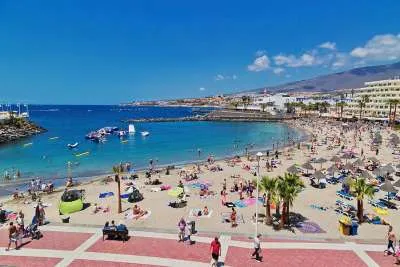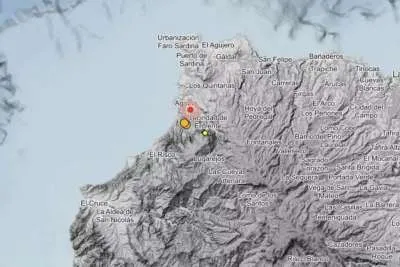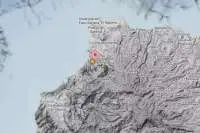The Canary Islands has had 70% fewer tourists so far this year than 2019
- 09-11-2021
- National
- Canarian Weekly
The Canary Islands have come back to life in the last couple of months with the reactivation of tourism, the airport is operational again, the hotels are open, and the sector is beginning to rebuild from zero tourism, a place they would like to be able to forget. But the truth is that, although the data is good and the forecasts are very favorable, some islands are still far from the figures that reached the islands in 2019.
July, and especially August and September, have shown a good performance from the point of view tourism and it seems that reservations for the winter season invite optimism, but, today, the truth is that we are still 74.2% below the arrival of tourists in 2019 in the case of Lanzarote, and 69.8% in the case of the Canary Islands as a whole, according to figures from January to September of this year.
Looking in detail at the Istac figures regarding the arrival of tourists by air, Lanzarote received a total of 2,318,125 tourists in 2019 compared to the 598,307 tourists received this year, that is, 74.2% less. In the case of those from the United Kingdom, in 2019 a total of 1,079,813 tourists arrived compared to the 117,575 received this year, which represents a drop of 89.1% and over 960,000 fewer tourists.
In the case of German tourism, in 2019, over 283,000 tourists went to Lanzarote compared to the 73,700 tourists who have been this year, which represents a drop of 73.9%.
These are the two main source markets of tourists for Lanzarote, but the figures are similar to the rest of Europe. In 2019, almost 250,000 Irish visited the island, between January and September, compared to 39,000 this year, a drop of 84.25%, and in the case of France, it went from 122,474 tourists to 63,095 this year. Dutch tourists have dropped from 70,482 in 2019 to 15,885 this year, and Italian tourism has seen the figures decrease from 52,000 arrivals in 2019 to 22,745 arrivals this year.
A similar difference is reflected in the islands as a whole, with a drop of 88.8% of British tourists, and 67.3% fewer Germans. The biggest drop is from Nordic countries where it fell by 98.1% from Finland and 91.6% from the rest.
Looking at the data, island by island, in 2019 Fuerteventura had 1,519,658 tourists, compared to 553,941 this year. In Gran Canaria it went from 3,095,463 compared to 875,418 this year, and in the case of Tenerife, 4,390,715 tourists arrived on the island in 2019 compared to the 1,412,602 tourists this year.
As the Ministry of Tourism has pointed out, recovery is on the right track, but there is still a long way to go to really recover to pre-pandemic figures.
Other articles that may interest you...
Trending
Most Read Articles
Featured Videos
A Vision of Elvis Tenerife Promo
- 10-05-2025
Tenerife Travel Guide
- 13-12-2024
Live webcam from Lanzarote airport
- 13-12-2024




























































